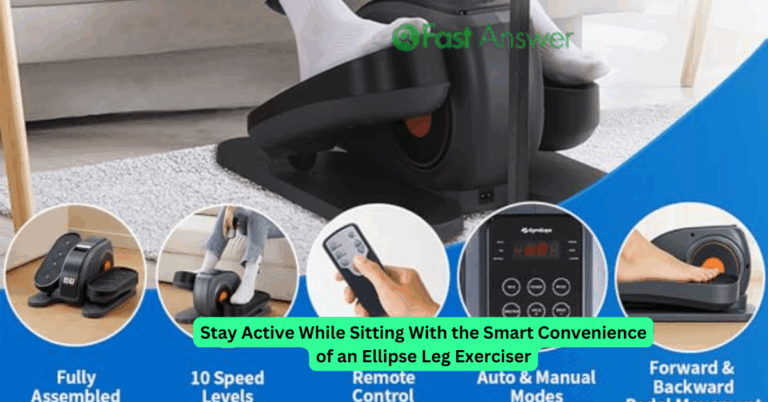How to Create a Personalized Fitness Plan That Actually Works
Creating a personalized fitness plan isn’t about following the latest trend or mimicking someone else’s routine it’s about crafting a strategy that aligns with your body, lifestyle, goals, and motivation. With so much information out there, it’s easy to feel overwhelmed or unsure of where to begin. But the truth is, a custom plan doesn’t have to be complicated. It simply needs to be intentional. Whether you’re a complete beginner, returning after a break, or aiming to take your fitness to the next level, learning how to create a personalized fitness plan will give you structure, direction, and long-term success on your own terms.
Start with Your “Why”: What Do You Really Want to Achieve?
Before you do a single rep or step on a treadmill, define your personal goals. Are you looking to build muscle, lose fat, increase endurance, boost energy, or simply feel healthier day to day? Your “why” shapes everything else in your fitness plan. For example, if your goal is strength, you’ll need resistance training. If it’s stress relief, flexibility and movement-based routines like yoga might be your focus. Having clarity on your desired outcome not only helps you choose the right workouts but also keeps you motivated when progress feels slow or life gets busy.
Choose Workouts That Match Your Schedule and Energy
Consistency matters more than perfection. Your fitness plan needs to realistically fit into your weekly routine. If you’re constantly skipping workouts because they’re too long or too intense, it’s time to adjust. Start by mapping out how many days per week you can train, and for how long. Maybe that’s 20-minute sessions three times a week or a mix of strength, cardio, and mobility spread across five days. The best fitness plan is one you can stick to and feel good about doing regularly. Make it fit your life, not the other way around.
Find the Right Balance Between Cardio, Strength, and Recovery
No matter your goal, a well-rounded fitness plan includes more than just one type of training. Strength builds muscle and metabolism. Cardio supports heart health and endurance. Mobility work improves flexibility and reduces injury risk. And recovery yes, even rest days is where your body actually grows stronger. Creating a balanced schedule ensures you’re not overtraining one system and neglecting another. If you’re new, try alternating days between full-body strength and low-impact cardio. As you progress, you can split muscle groups, increase intensity, or add specific performance goals like running a 5K or hitting a personal best in push-ups.
Track Progress and Adjust as Your Body Evolves
Personalized fitness doesn’t stop once the plan is written it evolves with you. Regularly tracking your progress helps you stay motivated and make smarter decisions. That could be as simple as noting how you feel after workouts, tracking weight lifted, reps completed, or even taking monthly progress photos. As you get stronger and more confident, increase the difficulty by adding more weight, adjusting reps, or switching up your exercises. On the flip side, if you’re feeling worn down or plateauing, don’t hesitate to pull back and reassess. Adaptability is key to long-term fitness success.
Make It Sustainable with Habits, Not Just Willpower
A personalized fitness plan isn’t just a schedule it’s a set of habits. Building routines into your day helps reduce the mental load of staying fit. Maybe you train right after waking up, or you lay out workout clothes the night before to create momentum. The more automatic these behaviors become, the less motivation you’ll need to rely on. Celebrating small wins, staying accountable through a journal or app, and rewarding consistency can all reinforce a positive loop. It’s not about grinding every day it’s about showing up consistently in a way that feels right for you.
FAQs
How many days a week should I work out on a personalized plan?
It depends on your goals and lifestyle, but 3–5 days per week is effective for most people.
Do I need a personal trainer to build a fitness plan?
Not necessarily. Many tools, apps, and guides can help you create one yourself, especially when you understand your goals.
How do I know if my fitness plan is working?
Look for improvements in strength, endurance, energy, and how your body feels. Regular tracking helps confirm progress.
What if I miss a workout should I double up the next day?
No need. Just continue with your plan as scheduled. One missed session won’t derail your progress.
Can I do the same workouts every week?
Yes, but variety helps avoid plateaus. Try to cycle new exercises or progress intensity every few weeks.

